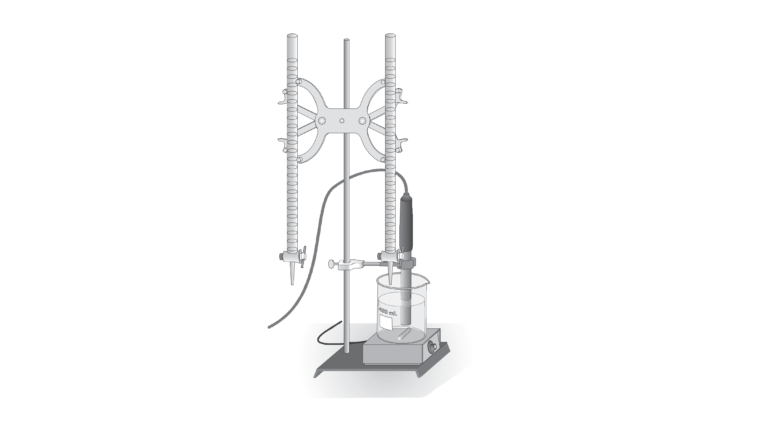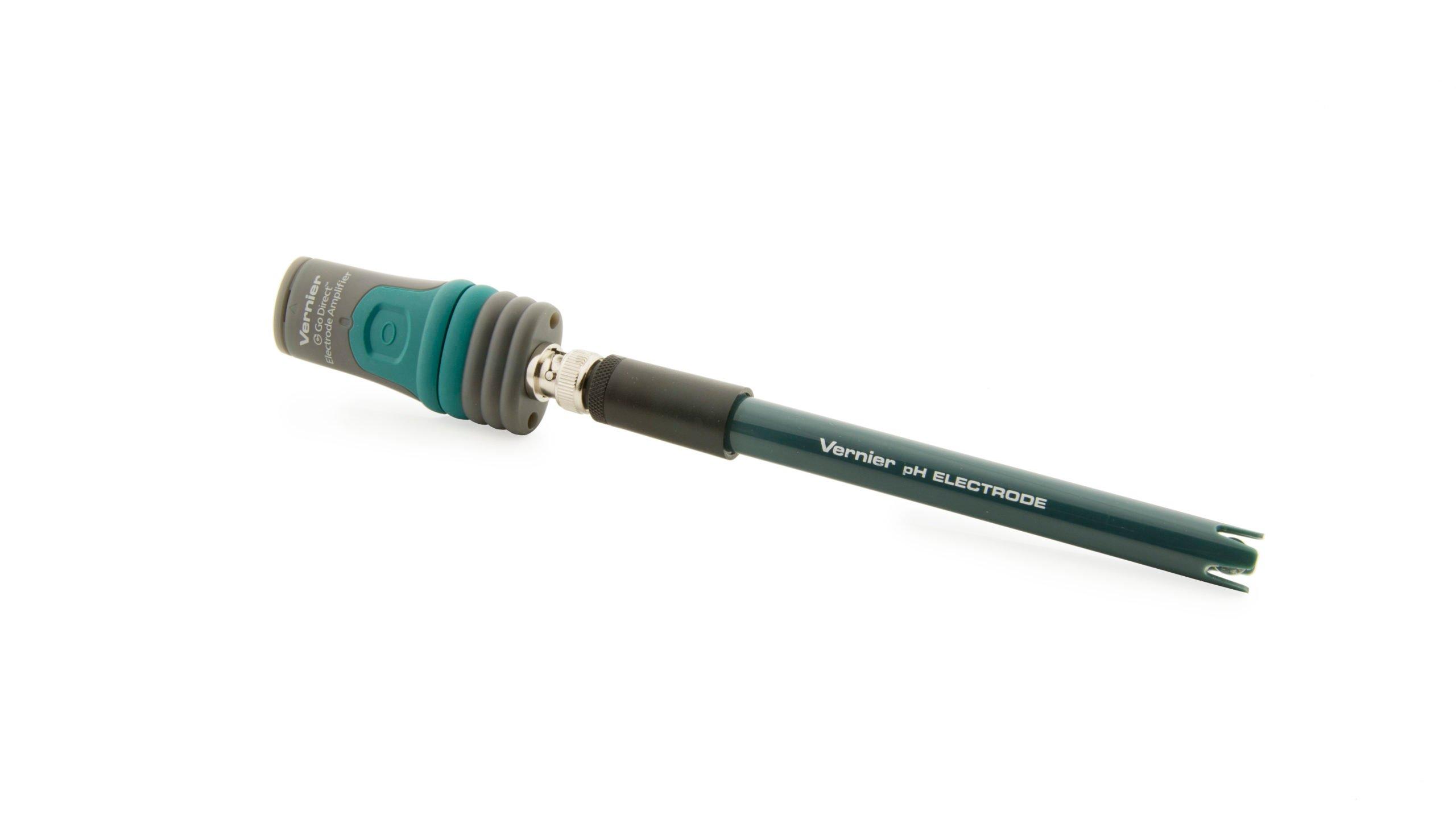
Introduction
A buffer is a mixture of a weak acid and its conjugate base, or a weak base and its conjugate acid. A buffer’s function is to absorb acids (H+ or H3O+ ions) or bases (OH– ions) so that the pH of the system changes very, very little.
In many systems, buffers are critical. Blood plasma, a natural example in humans, is a bicarbonate buffer that keeps the pH of blood between 7.2 and 7.6.
By design, a buffer is an equilibrium system. For example, a buffer can be prepared with nitrous acid, HNO2. The weak acid establishes an aqueous equilibrium as shown below.
The equilibrium constant expression is shown below.
To prepare a buffer system with nitrous acid, a conjugate base is added, such as sodium nitrite (NaNO2). The resulting system is a mixture of HNO2 and NO2– ions. The nitrous acid molecule will neutralize hydroxide ions and the nitrite ion from the conjugate will neutralize hydrogen ions.
A variation of the equilibrium expression above, called the Henderson-Hasselbalch equation, is the best reference in preparing a buffer solution. For our nitrous acid/sodium nitrate buffer example, the Henderson-Hasselbalch equation is shown below.
The pH range in which a buffer solution is effective is generally considered to be ±1 of the pKa.
In this experiment, you will use the Henderson-Hasselbalch equation to determine the amount of acetic acid and sodium acetate needed to prepare two acidic buffer solutions. You will then prepare the buffers and test their buffer capacities by adding solutions of NaOH and HCl.
Objectives
In this experiment, you will
- Prepare and test two acid buffer solutions.
- Determine the buffer capacity of the prepared buffers.
Sensors and Equipment
This experiment features the following sensors and equipment. Additional equipment may be required.
Option 1

Option 2

Ready to Experiment?
Ask an Expert
Get answers to your questions about how to teach this experiment with our support team.
- Call toll-free: 888-837-6437
- Chat with Us
- Email support@vernier.com
Purchase the Lab Book
This experiment is #19 of Advanced Chemistry with Vernier. The experiment in the book includes student instructions as well as instructor information for set up, helpful hints, and sample graphs and data.

